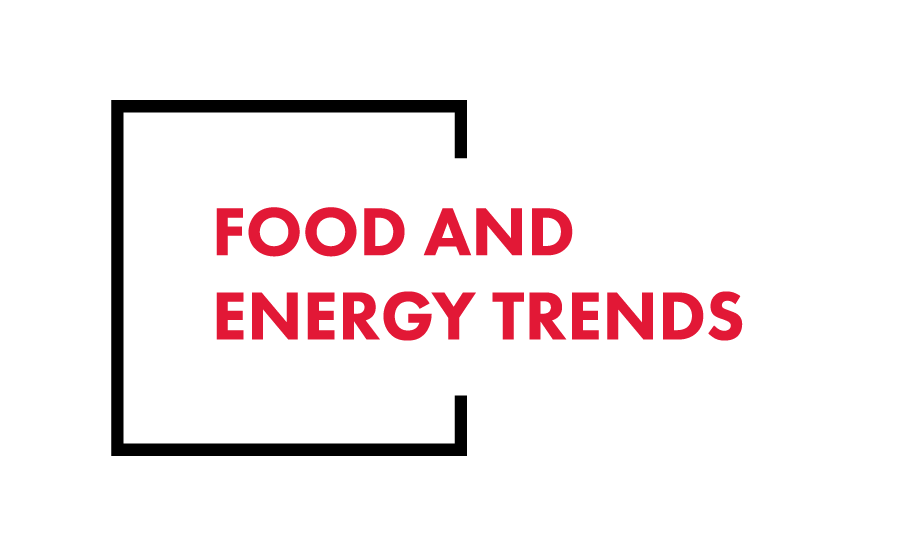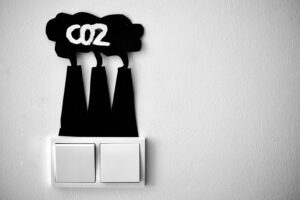The European Union is seeking to clear the air and forward renewable energy with plans to strengthen carbon reduction at the Nov. 11-22 UN Climate Change Conference and passage of a new air quality directive.
EU environment ministers agreed on Oct. 14 to focus on new agreements regarding finance and carbon trading—as well as implementation of existing agreements—at the upcoming COP29 conference of the UN Framework Convention on Climate Change (UNFCCC) parties in Baku, Azerbaijan.
Regarding existing agreements, the EU will seek to build on the “UAE consensus,” achieved at COP28 in Doha last year. At that gathering, countries committed to reducing fossil fuel reliance, tripling renewable energy, and doubling energy efficiency by 2030. The EU called for actionable commitments to meet those ambitions before the next round of national climate targets, due in 2025.
New goals for COP29
Climate finance is set to be the main topic for negotiations at COP29.
“Crucial to a successful outcome will be achieving significant progress on defining the New Collective Quantified Goal (NCQG) for supporting developing countries in their climate actions from a floor of $100 billion per year,” said a European Commission (EC) statement released the day after the minister’s meeting.
The NCQG is an agreement outlining annual targets for funding that developed countries will contribute to support greenhouse-gas reductions by lower-income countries.
In 2009, developed countries pledged $100 billion a year by 2020, but that goal was only met for the first time in 2022, according to Deutsche Welle. Although, advocates have said much more than $100 billion is needed, June talks in Bonn to set new targets were inconclusive.
In August, the UN released a draft of the NCQG, outlining a proposal for what each of the 198 COP countries that have ratified the UNFCC would either pay or receive, but agreement before the meeting in Baku has proven difficult. The success of COP29 will likely be judged on success in achieving agreement on the NCQG.
Another key area for progress, according to the EC, is agreement on details for implementation of a global carbon market per Article 6 of the Paris Agreement, the document that lays out implementation of the UNFCCC. “Under Article 6, countries are able to transfer carbon credits earned from the reduction of greenhouse gas emissions to help one or more countries meet their climate targets,” according to the UN.
Standards needed to implement the global carbon market have already been established ahead of COP29.
Tighter EU air standards
In another recent effort aimed at cleaner air, the European Union in October adopted a new Ambient Air Quality Directive (AAQD). The directive sets tougher legal limits on harmful pollutants like nitrogen dioxide (NO₂) and fine particulate matter (PM2.5).
The legislation, revised for the first time in nearly two decades, is now aligned more closely to World Health Organization guidelines. This move advances the EU’s vision of “zero pollution” by 2050, making clean air not just an environmental goal but a public health imperative.
Air pollution claims 300,000 lives prematurely across Europe each year, but new EU regulations could cut that toll by 70% within the next decade, according to European Environment Commissioner Virginijus Sinkevicius.
The revised AAQD, passed by the European Parliament mandates tougher monitoring measures and grants citizens the right to take legal action if exposed to harmful air pollution. In an acknowledgment of economic and regional disparities, the directive allows for targeted extensions until 2040 in areas where meeting the 2030 deadline may be challenging.
The economic rationale for the directive is clear: an estimated €6 billion invested annually in cleaner air could deliver up to €121 billion in health and productivity benefits, with the European Commission and public health groups citing substantial returns on this investment through improved quality of life, lower healthcare costs, and cleaner urban centers.














